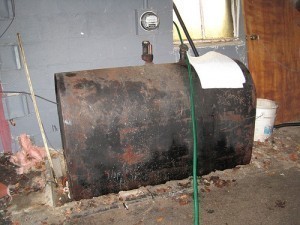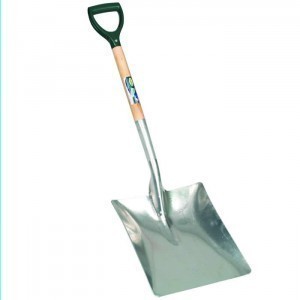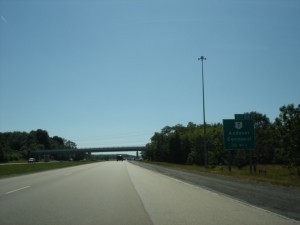Above Ground Oil Tank Sizes
Above ground oil tank sizes are typically 275 or 330 gallons, though a few are bigger. They are available in different shapes. They are either in a horizontal lay-down or upright position. The majority of these tanks can be linked to other units for extra fuel.
How to Determine Size
The proper figure can be obtained by calculating the shape and its volume. Add the results and you will get the tank volume. For a cylinder tank with round ends, the formula to get the volume is: volume=length x 3.14 x radius^2. If the tank has a spherical volume, the formula is: volume= (4/3) x 3.14 x radius^3. To get the tank cubic feet, add the volumes.
There are also rectangular tanks with round corners. You can get the volume using the same formula as the sphere. The formula is volume=height x width x length. To get the oil tank cubic feet, add up the four volumes. Once you have the cubic feet, multiply the results by 7.47 to get their equivalents in gallons.
Outdoor and Indoor Tanks
Regardless of above ground oil tank sizes, almost all experts recommend you install an oil tank indoors. Keeping oil tanks outdoors exposes them to condensation. When temperature changes in the unit, water could end up inside. This will lead to corrosion and water service troubles.
Your roof may drip ice and water, breaking oil lines. One of the biggest problems with outdoor tanks is they can become unstable. Tanks kept outdoors also need kerosene blend or anti-gel additives during winter. This is to keep the oil from gelling.
Components
These include a vent alarm, vent, fill pipe, the underwriters lab certificate tag, preferred and alternative supply line and solid base. Most of them are made from high quality steel sheet. This is to ascertain the unit will last for many years. Companies also make their own fittings to keep the quality standards high.
Parts like leg brackets and lifting handles are included so the unit is easier to install. Oil tanks undergo special coating and wash to give it proper primer coating. When looking for a tank, make sure that it is not prone to denting or rust. The parts around the valves and filter have to be drip free.
Aside from common above ground oil tank sizes, there are also double-wall home heating oil tanks. These were developed to mitigate risk leaks. Their contents are available in 400, 275 and 160 gallons.





